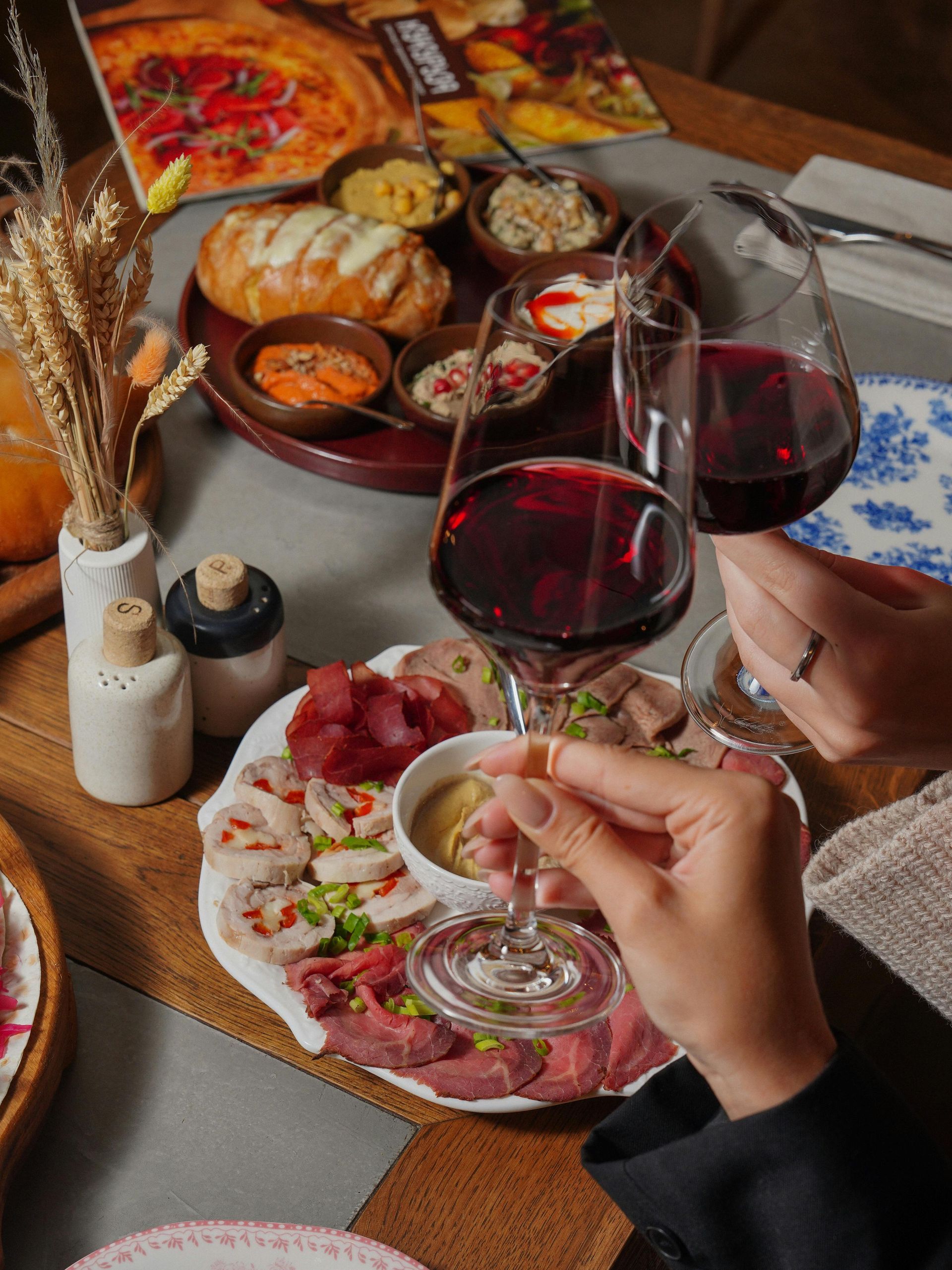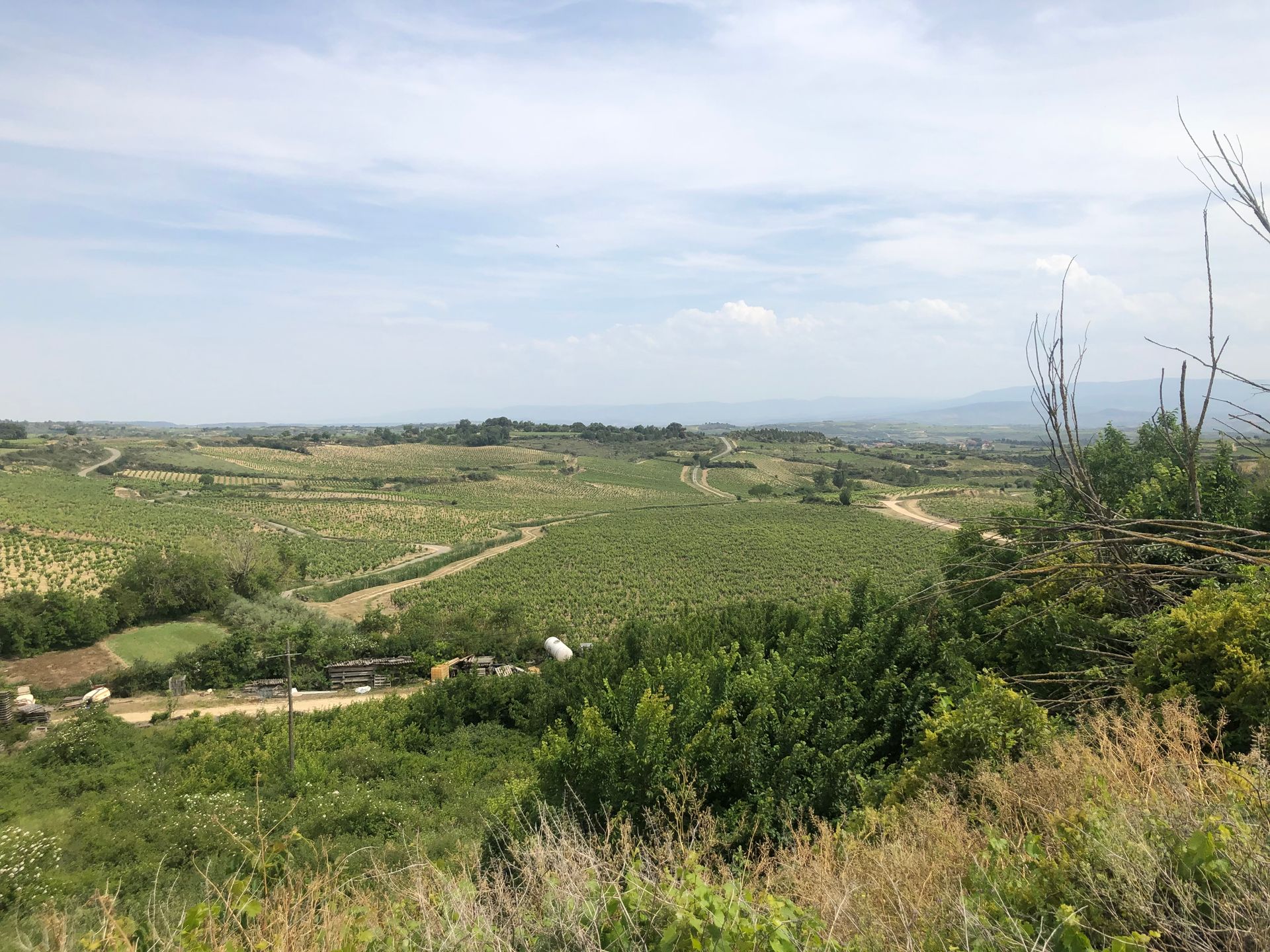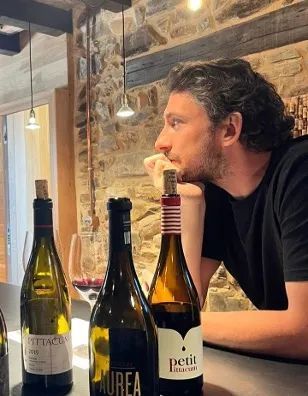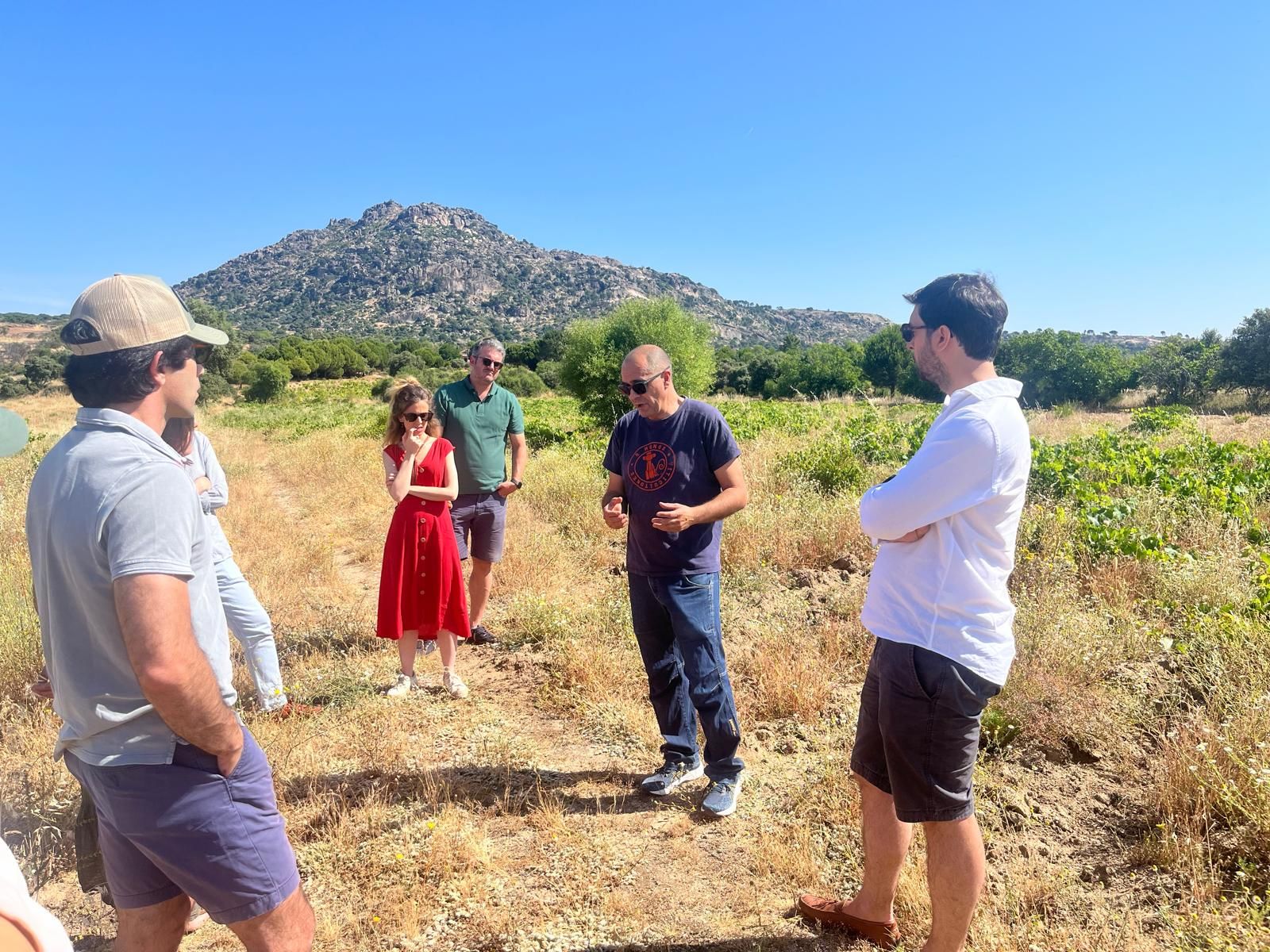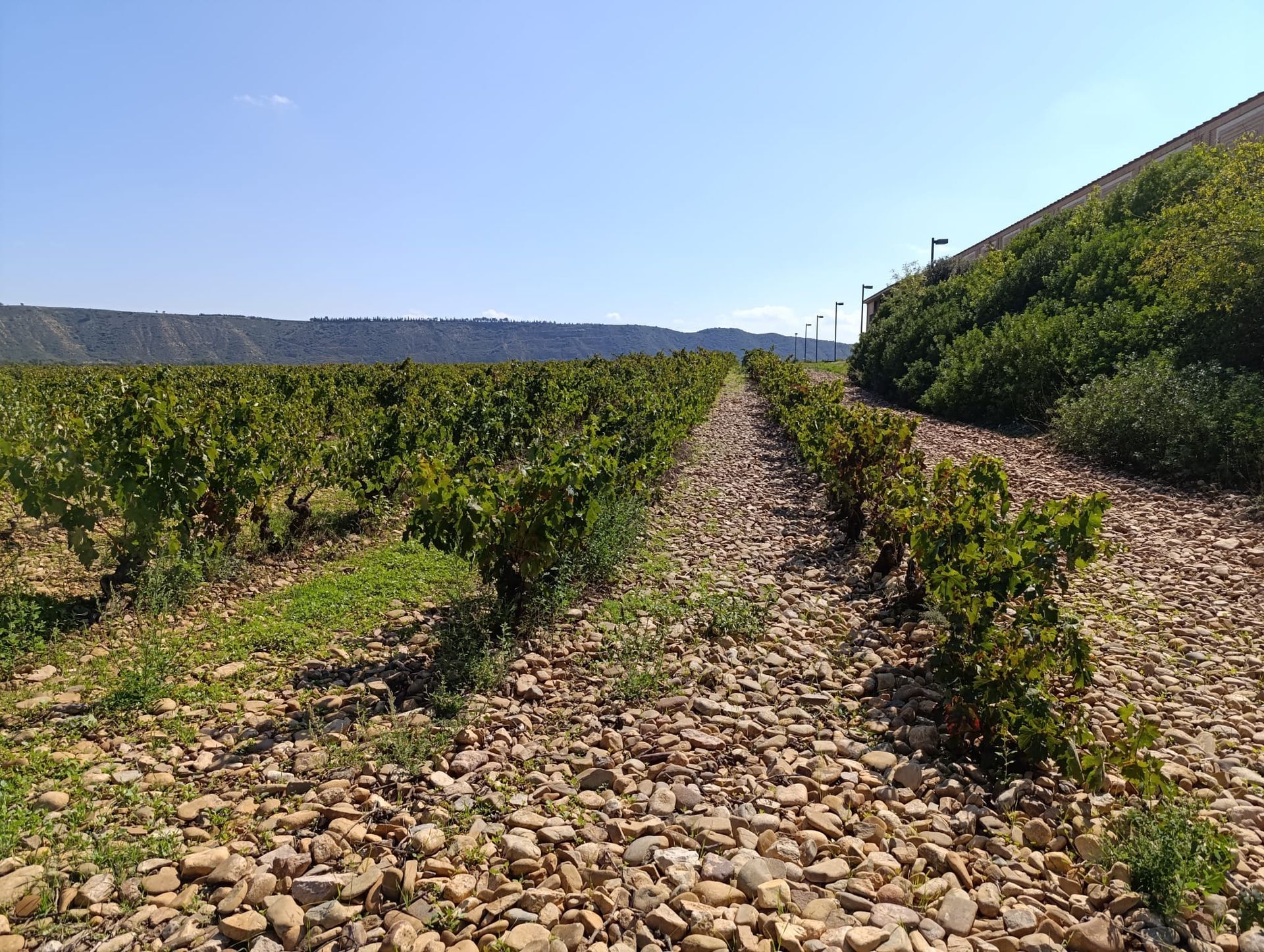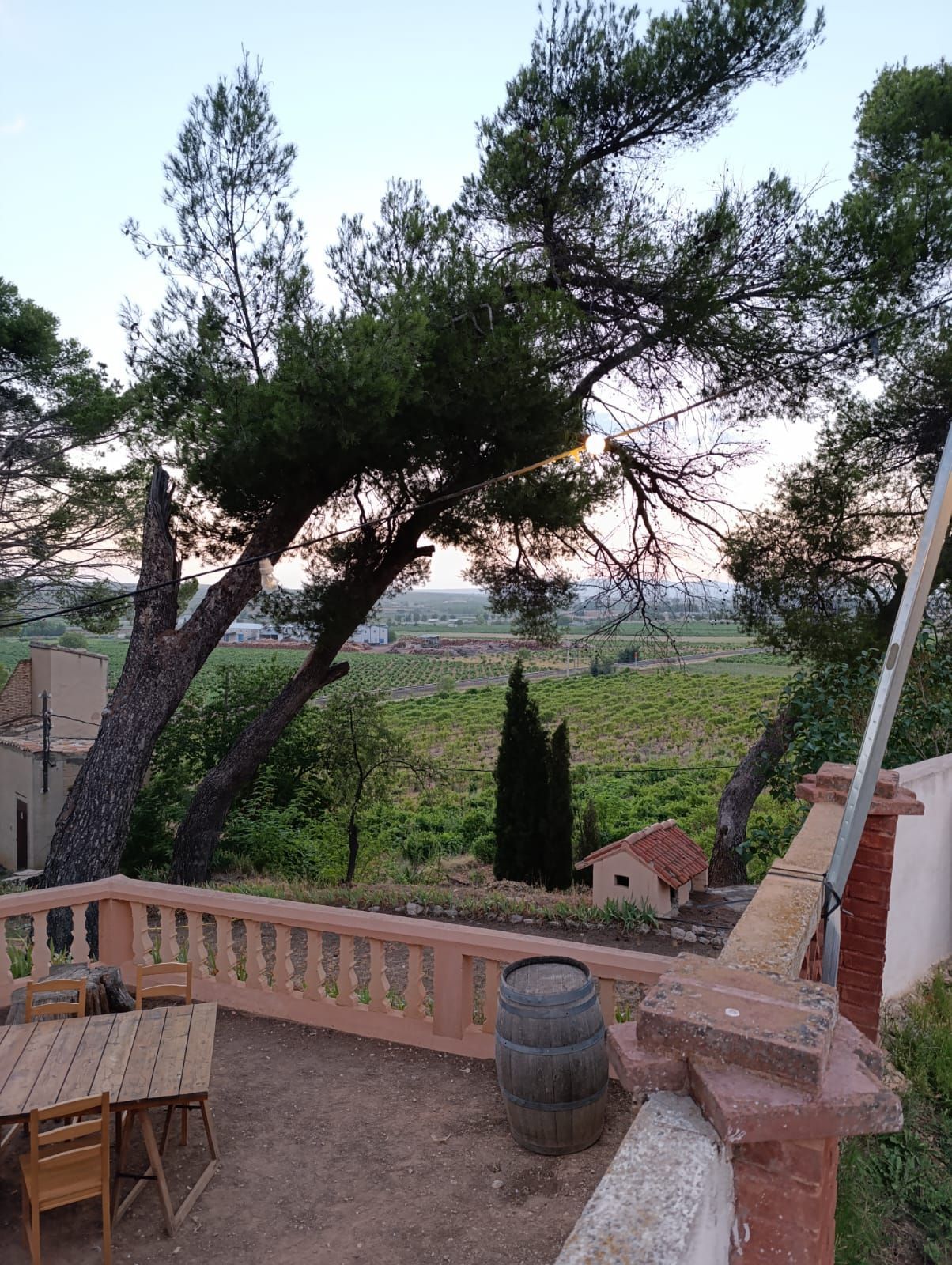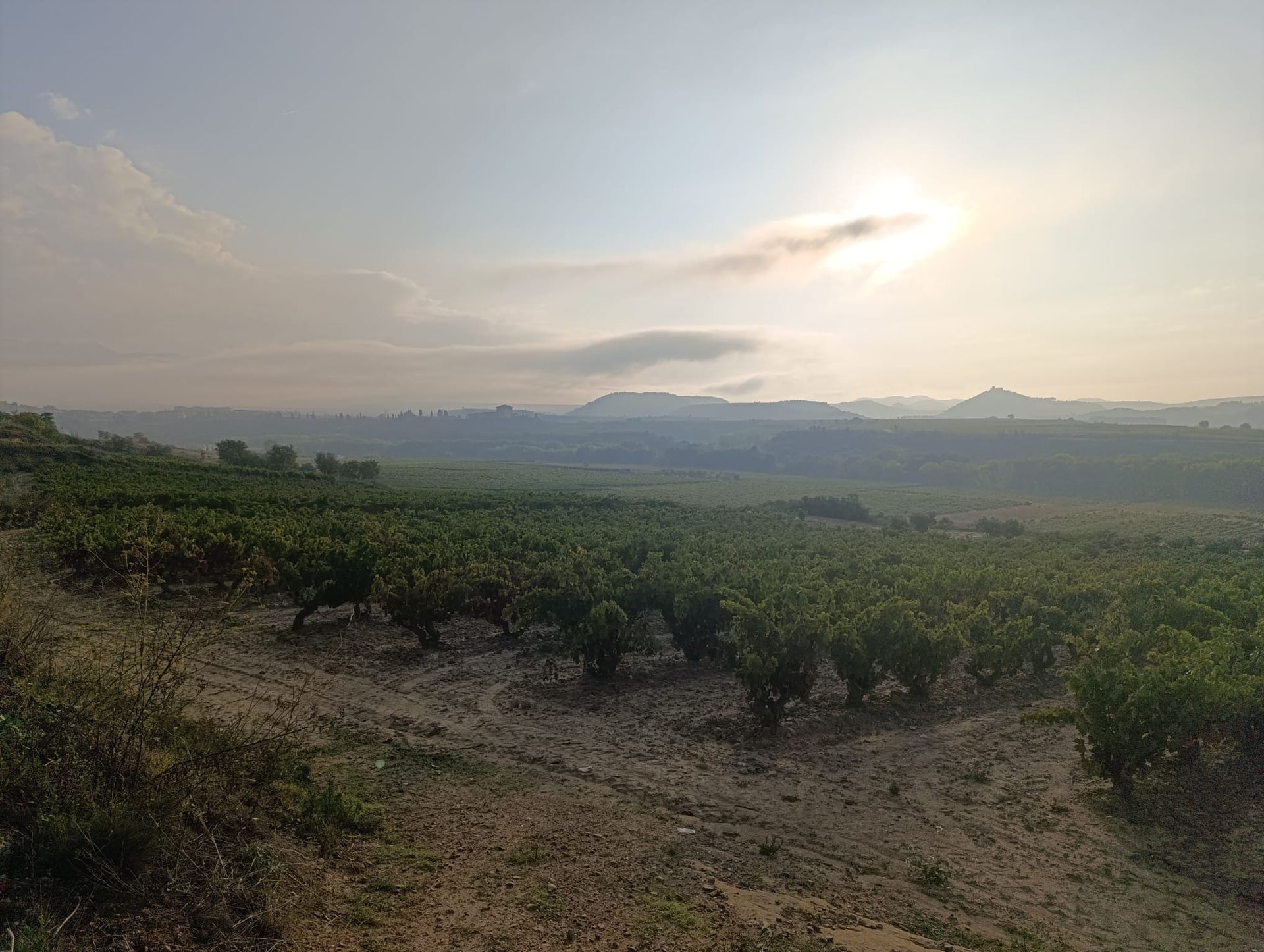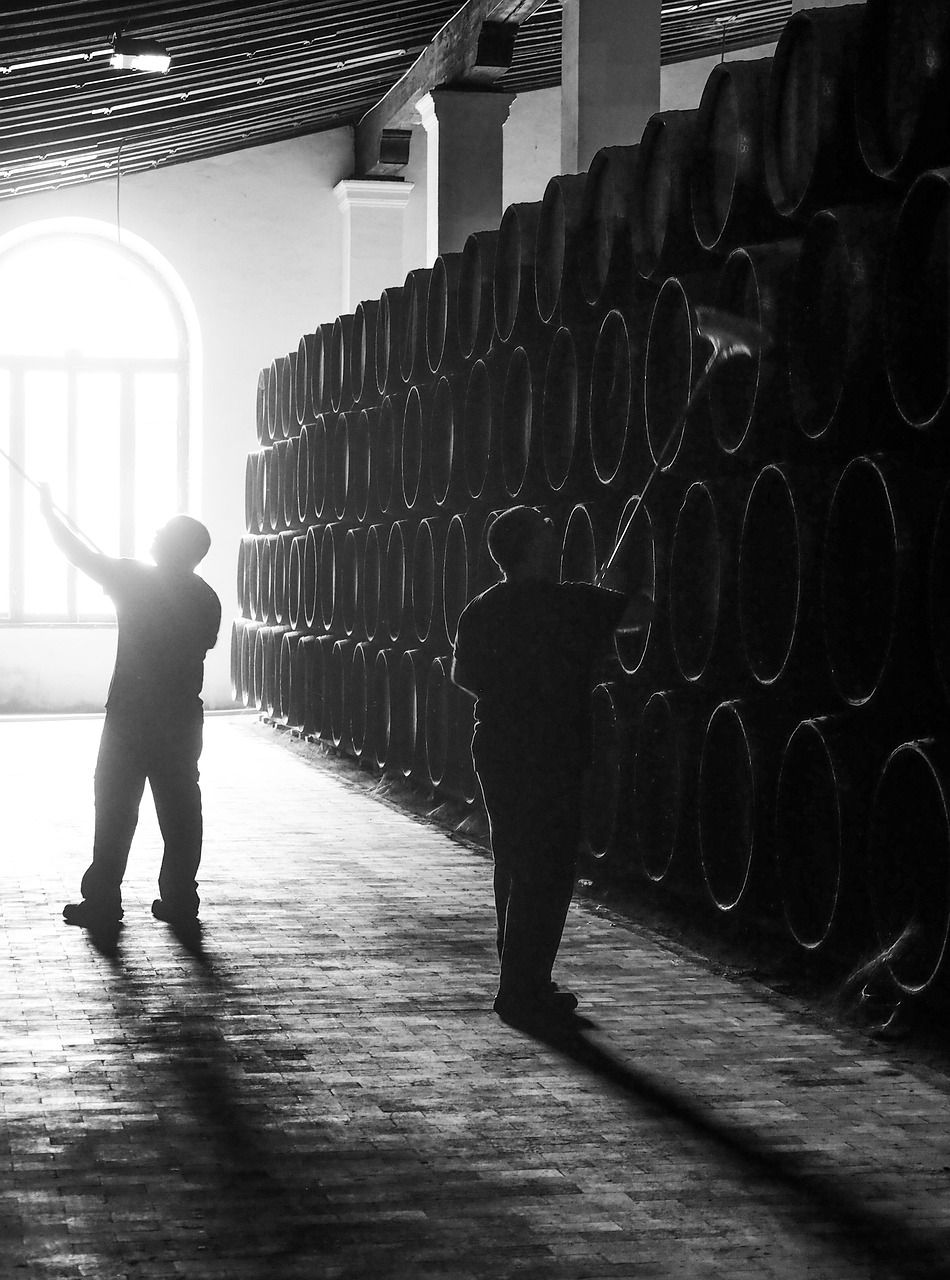Tempranillo is the safe bet, the one Spain puts on the tourist brochure.
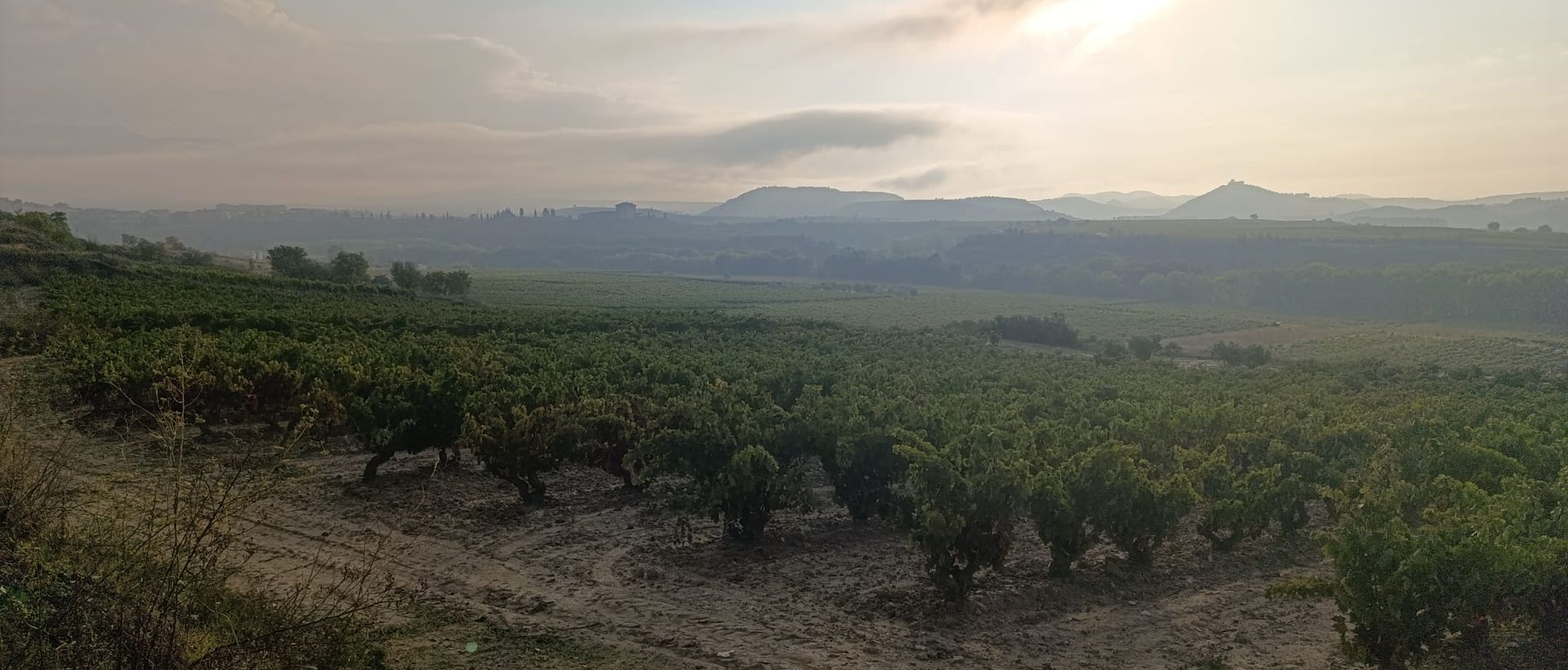
It is leather jackets and cigars, all grown up and respectable. But Spain is a mess of contradictions, and its vineyards hide characters that refuse to sit quietly while Tempranillo hogs the spotlight. These grapes are raw, wild, and occasionally difficult, but that is what makes them worth chasing.
Here are five grapes that will mess with your expectations and maybe even make you forget Tempranillo for a while.
1. Garnacha, The Shape Shifter:
Garnacha is Spain’s trickster god. In the Gredos mountains it whispers with pale, perfumed, ethereal reds that taste like mountain air and old stone. Head east to Campo de Borja and it turns the dial up with juicy, sun-soaked fruit, the kind of wine that does not apologise for being loud. But in Priorat, Garnacha is all smoke and iron, black fruit with the weight of a cathedral on your shoulders. Same grape, three different personalities. Try to pin it down, and it slips through your fingers.
2. Mencía, The Poet of the Northwest:
Mencía doesn't shout, it murmurs. In Bierzo and Ribeira Sacra it leans on freshness and minerality, like someone scribbled a love letter on wet slate. Red fruit, herbal edges, a touch of melancholy, the kind of wine that feels like autumn evenings when you do not know whether to open another bottle or write bad poetry. It is delicate but never weak, and once it gets under your skin, good luck shaking it off.
3. Bobal, The Street Fighter:
Bobal has always been the underdog, stuck out in Utiel Requena, ignored for bulk wine while Tempranillo strutted the catwalks. But give it respect and it pays you back in spades. The wines are dark and brooding, almost inky, with black cherry, blackberry, and a bitter cocoa twist. There is often a wild herbal note too, like thyme crushed underfoot. Tannins can be firm but not unfriendly, more leather jacket than iron fist. Not polished, not polite, but who needs polite. Bobal is the bruised knuckle of Spanish wine, and it is finally learning how to fight in style.
4. Godello, The Quiet Seducer:
Everyone talks about Albariño when it comes to Spanish whites, and sure, it is charming. But if you like the Atlantic freshness of Albariño, Godello is the wine you will want to keep for yourself. Valdeorras and Bierzo are its strongholds, and the wines balance citrus brightness with a silky weight that sneaks up on you. Godello is not flashy, it is the stranger who leans across the bar, says one smart thing, and suddenly has your full attention.
5. Malvasía, The Forgotten Dream:
Malvasía is an old soul, scattered across Spain in pockets that survived modernity’s bulldozers. In Rioja it softens whites with a floral lift, but it is on the islands where it really dreams. In the Canaries, Lanzarote, Tenerife and La Palma, Malvasía turns volcanic soil into exotic perfume, giving wines that can be bone dry, saline and smoky, or lusciously sweet with tropical fruit and honey. In Mallorca it shows another side, delicate and Mediterranean. Sometimes dry, sometimes sweet, always a little nostalgic, like paging through a box of old postcards. Malvasía will not take over the world, but when you catch it at the right moment, it reminds you why wine is more than just fermented grape juice.
Spain is not one story. It is dozens of them, all tangled up in the vines. Tempranillo will always be the headline act, but the real thrills often come from the B sides, these forgotten, resurrected, and rebellious grapes that refuse to be background noise.
Author: Michael Pope
Date: 5th September 2025

